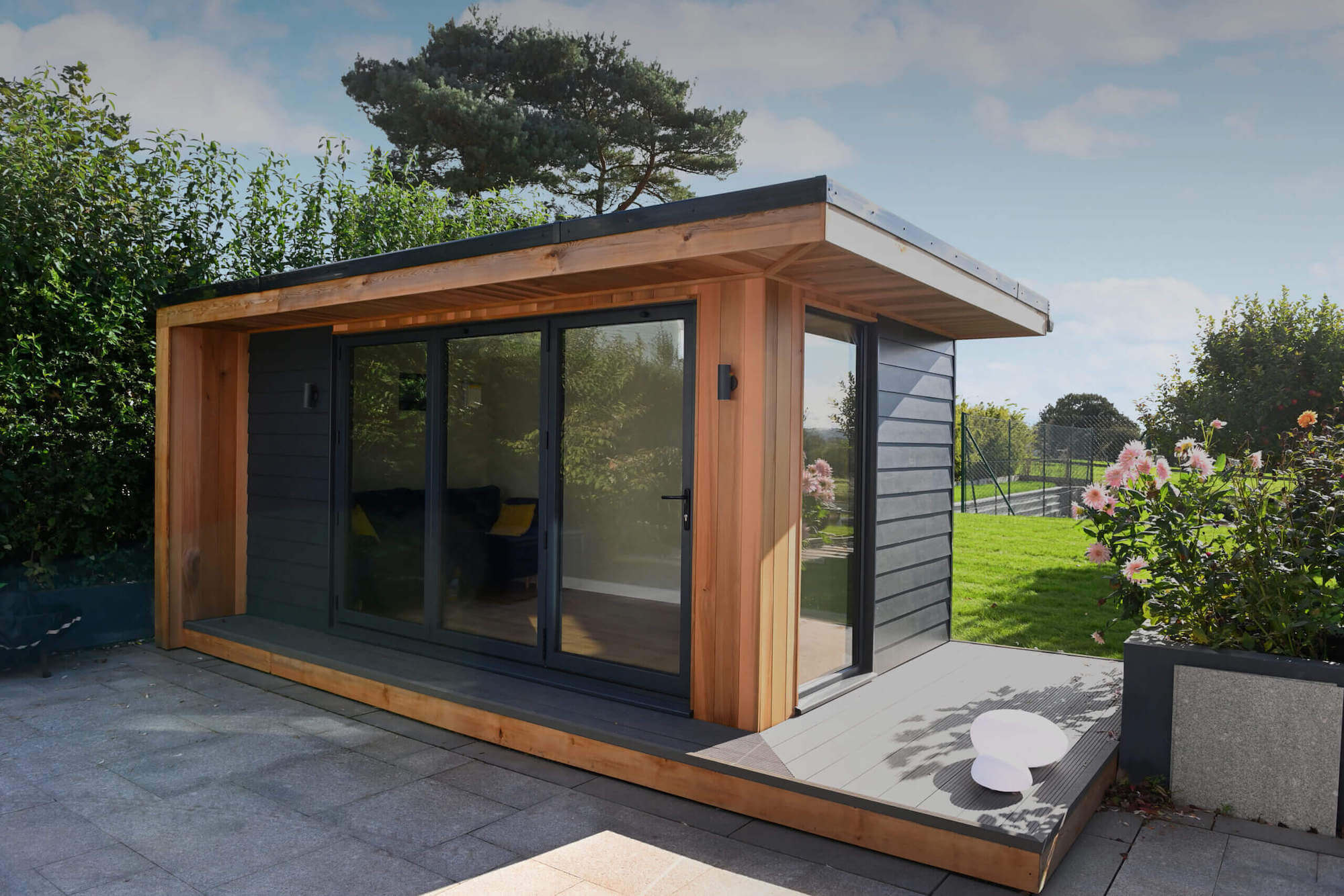Garden Rooms: Bridging the Gap Between Nature and Comfortable Living
Introduction: In the ever-evolving landscape of home design, garden rooms have emerged as versatile and captivating extensions that seamlessly blend the allure of nature with the comforts of indoor living. This article explores the enchanting world of garden rooms, delving into their diverse designs, practical applications, and the unique charm they bring to modern homes.

- Embracing Outdoor Living: Garden rooms redefine the traditional boundaries between indoor and outdoor spaces. These structures, also known as garden studios or garden offices, are designed to bring the serenity of nature into Bespoke garden rooms daily living, allowing homeowners to enjoy the beauty of their gardens while indulging in the comforts of a dedicated and purposeful space.
- Versatility in Design and Purpose: Garden rooms are celebrated for their versatility, accommodating a range of designs and purposes. From stylish home offices and art studios to cozy reading nooks or entertainment spaces, the design possibilities are vast. This versatility allows homeowners to tailor their garden rooms to suit their unique lifestyle and preferences.
- Architectural Harmony with Nature: The design philosophy of garden rooms emphasizes a seamless integration with the natural surroundings. Architectural elements such as large windows, glass doors, and thoughtful placement within the garden landscape ensure that these rooms become harmonious extensions of the outdoor environment, offering panoramic views and a constant connection with nature.
- Functional Year-Round Retreats: Garden rooms are designed for year-round use, incorporating features that make them comfortable in all seasons. Proper insulation, efficient heating, and ventilation systems ensure that these retreats are not limited to fair weather, providing homeowners with a cozy haven in winter and a refreshing escape in the warmer months.
- Natural Light and Ventilation: An abundance of natural light is a hallmark of garden rooms. Ample windows and strategically positioned openings allow sunlight to flood the space, creating a bright and airy ambiance. Ventilation is carefully considered to ensure a constant flow of fresh air, enhancing the overall sense of well-being within the garden room.
- Easy Installation and Minimal Disruption: Garden rooms are often designed with ease of installation in mind. Many models are prefabricated or modular, minimizing disruption to the existing landscape during construction. This makes them an attractive option for homeowners seeking to enhance their living space without the complexities and lengthy timelines associated with traditional home extensions.
- Customization for Personal Taste: The customization options for garden rooms are extensive, allowing homeowners to tailor the design to their personal taste. From exterior finishes that complement the existing architecture to interior furnishings, flooring, and color schemes, customization ensures that each garden room is a unique reflection of the homeowner’s style and preferences.
- Cost-Effective and Sustainable: Compared to traditional home extensions, garden rooms often present a more cost-effective solution. Their modular nature can result in quicker construction times and reduced costs. Additionally, the emphasis on sustainability is evident in many designs, with eco-friendly materials and energy-efficient features becoming integral to the construction of garden rooms.
Conclusion: Garden rooms stand as testament to the evolving desires of homeowners who seek a harmonious connection between their living spaces and the natural world. With their versatility, architectural grace, and commitment to comfort, these rooms redefine the concept of home, offering a retreat that is both practical and enchanting. As the trend of garden rooms continues to flourish, they remain a symbol of the art of blending modern living with the timeless beauty of nature.